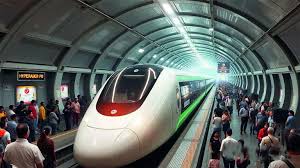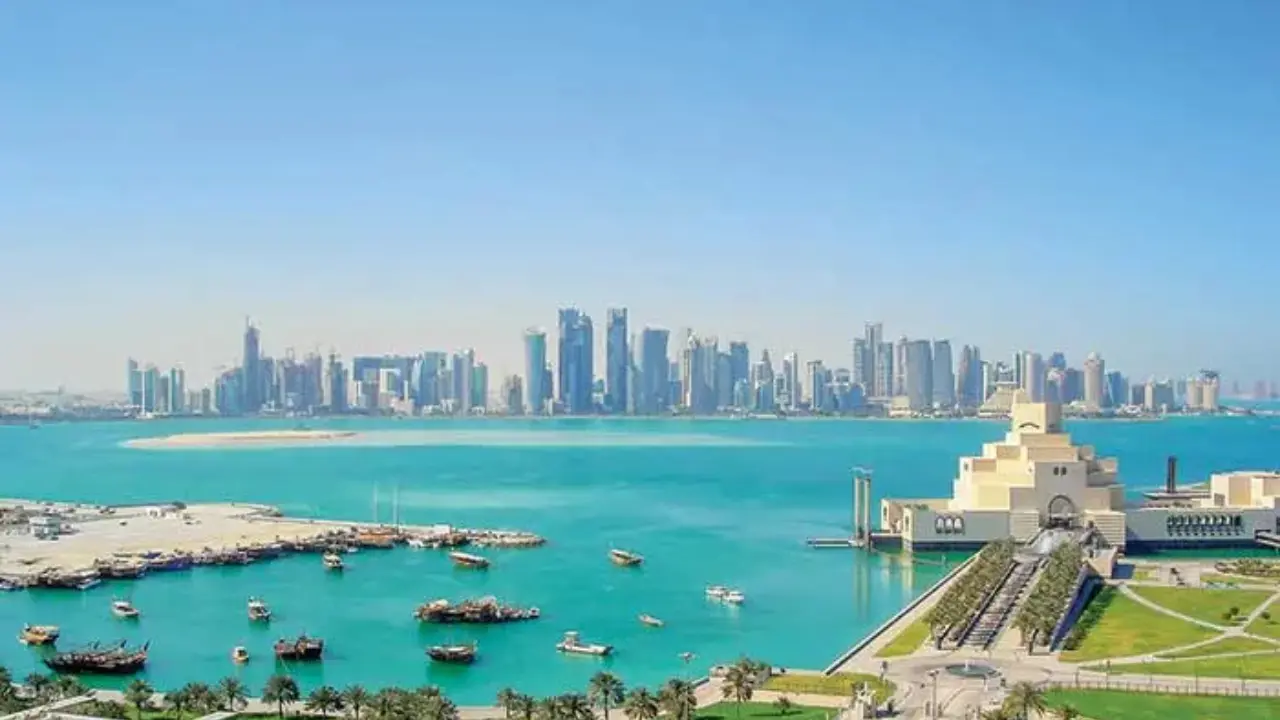Imagine traveling from Mumbai to Pune in just 25 minutes—a dream that Hyperloop technology aims to make a reality. India is on the brink of a transportation revolution, with Hyperloop projects gaining momentum. This cutting-edge mode of travel, combining speed, efficiency, and sustainability, is set to transform the country’s transportation landscape.
In this blog, we explore how India’s Hyperloop project is progressing, its benefits, challenges, and what the future holds for this futuristic mode of transport.
What is Hyperloop?
Hyperloop is a high-speed transportation system that uses magnetically levitated pods moving through a low-pressure tube, reducing air resistance and friction. This allows speeds of up to 1,200 km/h, significantly faster than traditional rail or air travel.
Key Features of Hyperloop:
✅ Ultra-High Speed – Faster than trains and planes
✅ Energy-Efficient – Uses magnetic levitation & renewable energy
✅ Eco-Friendly – Lower carbon emissions than conventional transport
✅ Minimal Land Use – Elevated or underground tubes reduce infrastructure impact
India’s Hyperloop Vision: Current Developments
India is actively exploring Hyperloop technology, with several ambitious projects in the pipeline.
1. Mumbai-Pune Hyperloop
- Distance: 150 km
- Expected Travel Time: 25 minutes
- Status: Feasibility study in progress
- Impact: Could become the world’s first commercial Hyperloop corridor
2. Bangalore-Chennai Hyperloop
- Distance: 335 km
- Expected Travel Time: 30-40 minutes
- Status: Proposed project under discussion
3. Delhi-Mumbai Hyperloop
- Distance: 1,400 km
- Expected Travel Time: Under 90 minutes
- Status: Early-stage research
Government & Private Sector Involvement
The Ministry of Railways, NITI Aayog, and companies like Virgin Hyperloop are actively working on feasibility studies and regulatory frameworks. Indian Institutes of Technology (IITs) and startups are also contributing to R&D efforts.
Benefits of Hyperloop in India
🌏 Faster Travel & Reduced Congestion
Hyperloop could drastically reduce travel times, helping commuters, businesses, and logistics companies.
🌱 Sustainable & Environmentally Friendly
With renewable energy sources like solar and wind, Hyperloop is an eco-friendly alternative to traditional transport systems.
💰 Economic Growth & Job Creation
The development of Hyperloop technology will boost India’s economy, create thousands of jobs, and enhance industrial growth.
🛡 Safer than Traditional Transport
With automated systems and enclosed tubes, Hyperloop travel is less prone to accidents compared to rail and road transport.
Challenges & Roadblocks
Despite its potential, Hyperloop faces hurdles before becoming a reality in India:
❌ High Initial Investment – Requires billions in funding
❌ Regulatory & Safety Concerns – Need for government approvals and testing
❌ Technological Barriers – Infrastructure development & testing still in progress
❌ Public Acceptance – New technology often faces skepticism
However, with government support, private investment, and technological advancements, these challenges can be overcome.
The Road Ahead: When Will India See Its First Hyperloop?
Experts predict that the first commercial Hyperloop corridor in India could be operational by 2030, with pilot projects beginning as early as 2027. If successful, Hyperloop could revolutionize travel across the country, making ultra-fast and efficient transportation a reality.
Conclusion
India’s Hyperloop journey is just beginning, but it holds the promise of a transportation revolution. As feasibility studies progress and technology evolves, we may soon witness a new era of ultra-high-speed travel.
🚀 Are you excited about Hyperloop in India? Share your thoughts in the comments below!














